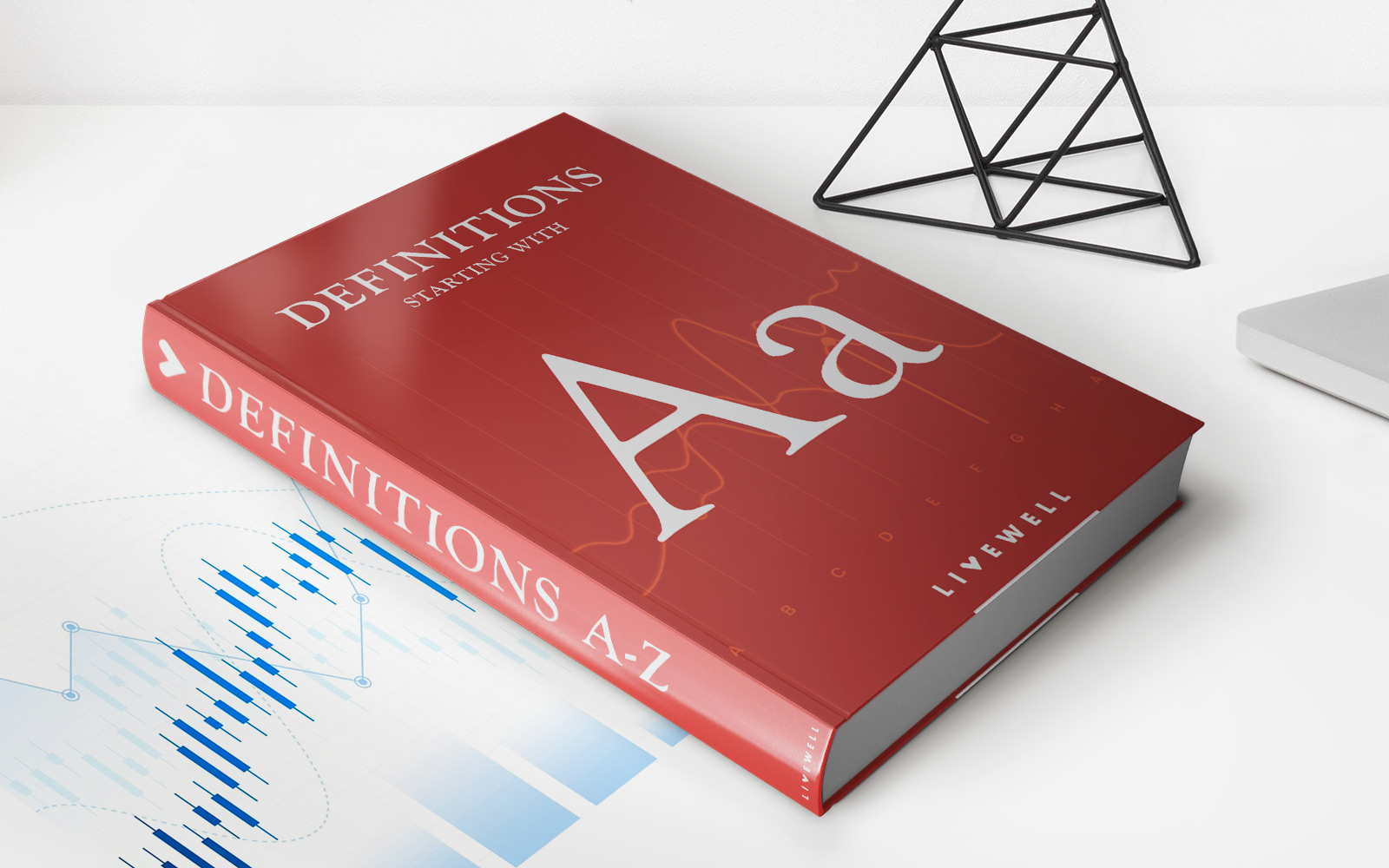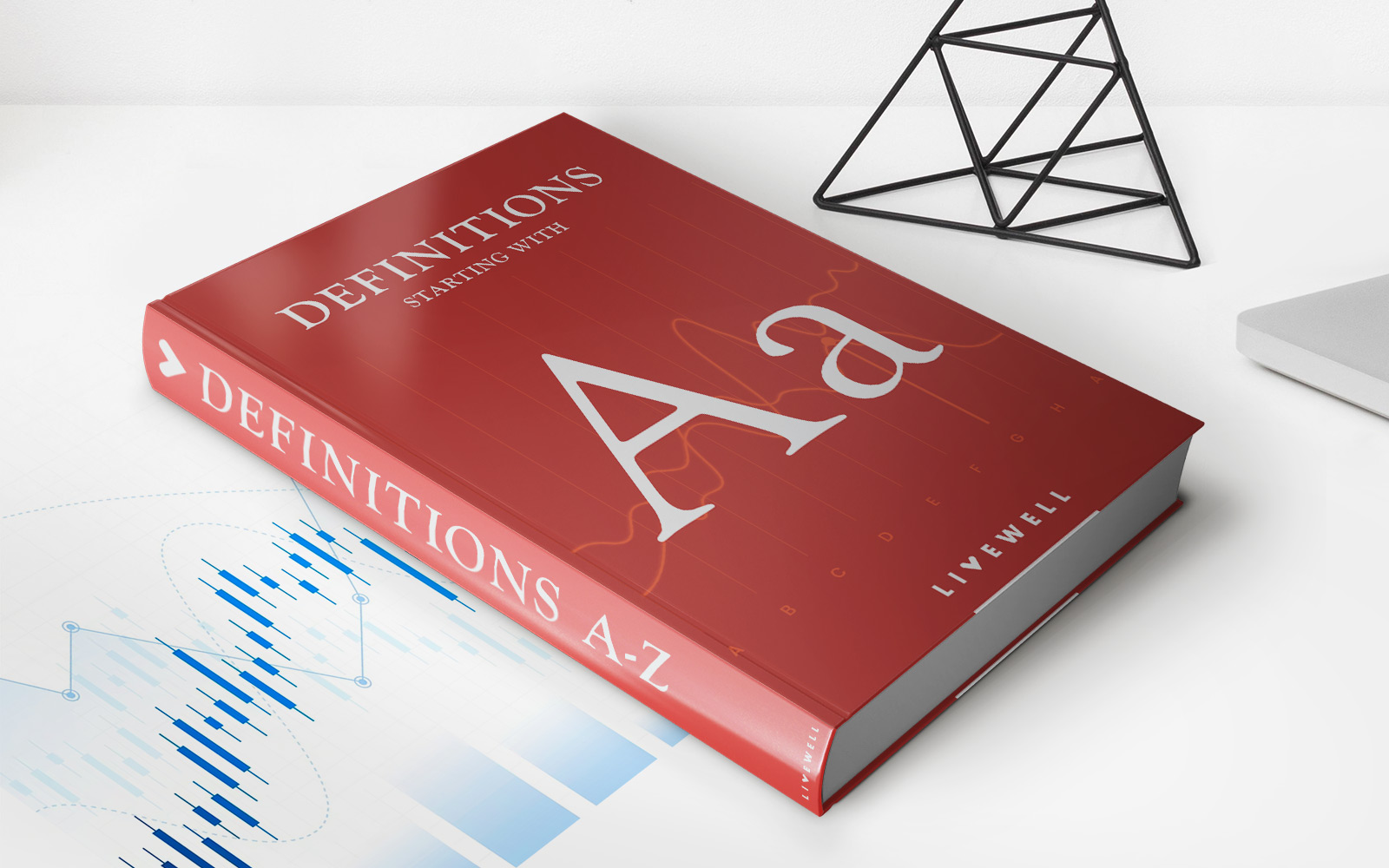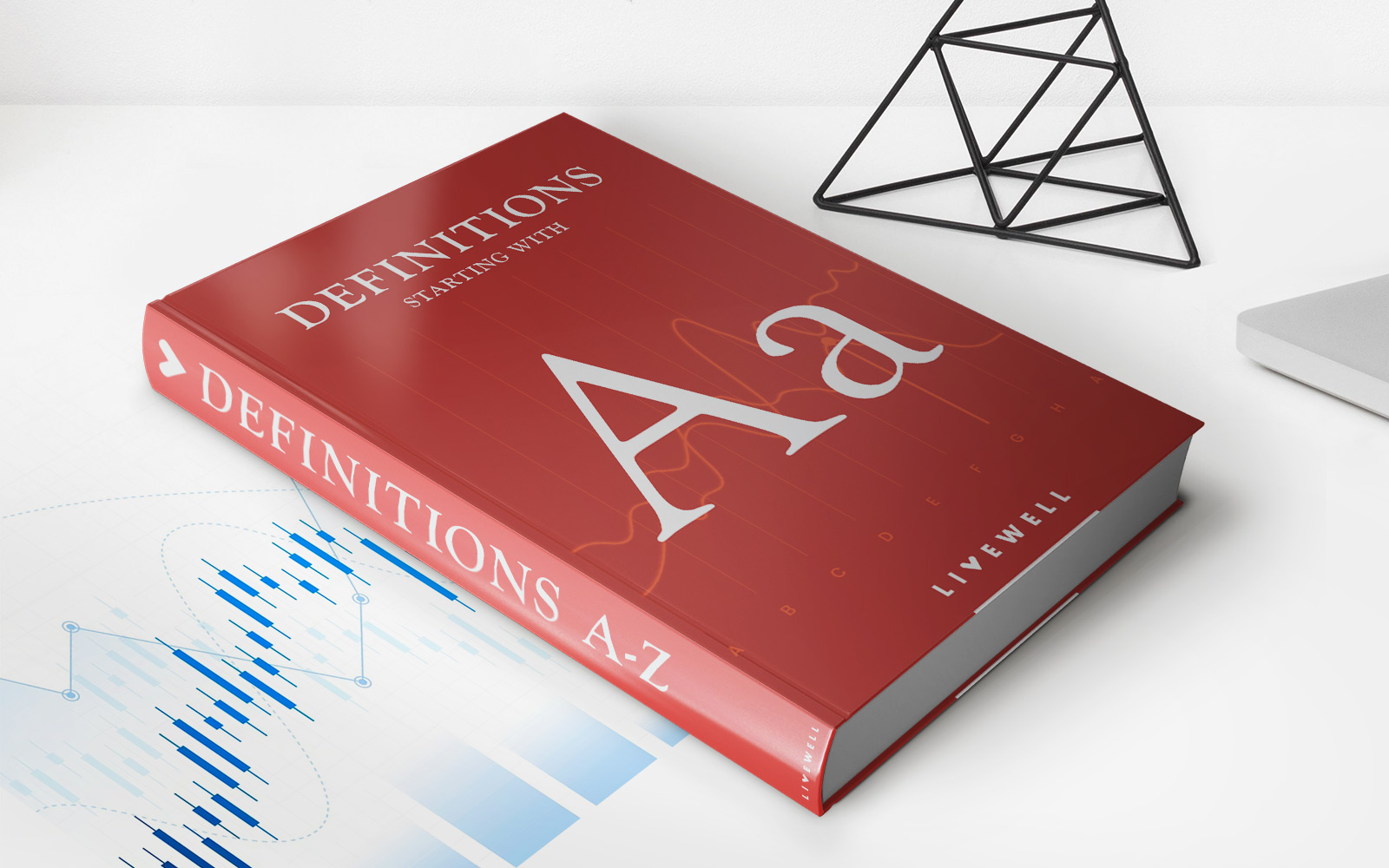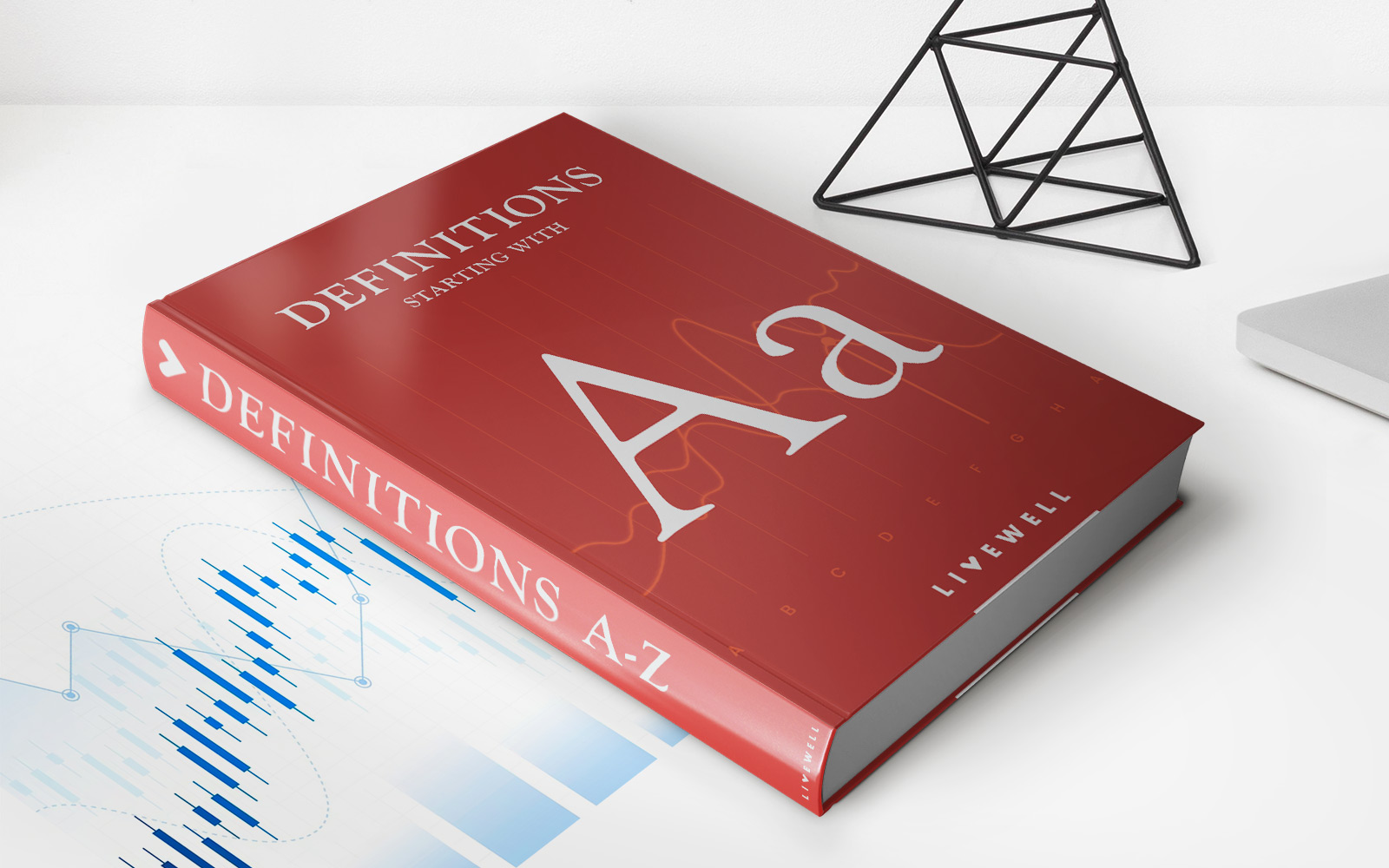

Finance
Auction Rate Bond (ARB) Definition
Published: October 10, 2023
Learn the definition of Auction Rate Bond (ARB) in finance. Discover how ARBs function in the market and their unique characteristics.
(Many of the links in this article redirect to a specific reviewed product. Your purchase of these products through affiliate links helps to generate commission for LiveWell, at no extra cost. Learn more)
The Basics of Auction Rate Bonds (ARBs) and What You Need to Know
Are you interested in learning about Auction Rate Bonds (ARBs) and how they work? Look no further! In this blog post, we will dive into the definition of ARBs, their key features, and how they can be beneficial for investors.
Key Takeaways:
- Auction Rate Bonds (ARBs) are long-term debt instruments that have interest rates set through a Dutch auction process.
- Investors purchase ARBs at auction and receive interest payments periodically based on the results of the auction.
Auction Rate Bonds (ARBs) are a type of financial instrument that offers long-term debt for investors. These bonds have a unique feature where their interest rates are determined through a Dutch auction, also known as a “clearing rate” auction. But what does that mean exactly?
In a Dutch auction, potential buyers submit bids stating the lowest interest rate they are willing to accept for the bond. The auction process allows for multiple rounds of bidding until a clearing rate is identified – the rate at which the total amount of bonds being offered matches the total demand from investors. This clearing rate becomes the interest rate for all ARB holders until the next auction.
Now, you might be wondering, what makes Auction Rate Bonds attractive for investors? Let’s take a closer look at some of their key features:
- Interest Rate Flexibility: ARBs offer investors the potential for competitive interest rates due to the auction pricing mechanism. This can be advantageous, especially in a rising interest rate environment, as the rates offered can adjust accordingly.
- Liquidity: Although ARBs are long-term debt instruments, they are often viewed as relatively liquid compared to other fixed-income investments. This is because investors have the opportunity to sell their ARBs through periodic auctions. However, it’s important to note that the liquidity of ARBs can vary depending on market conditions.
While Auction Rate Bonds can be an attractive investment option, it’s crucial to understand the risks involved. One risk is that the interest rate on ARBs can reset to a lower rate if there is insufficient demand in the auction. This can impact the returns generated by the bonds.
To conclude, Auction Rate Bonds (ARBs) offer investors an opportunity to invest in long-term debt instruments with flexible interest rates determined through a Dutch auction. These bonds provide potential advantages such as interest rate flexibility and liquidity. However, investors should still carefully assess the risks associated with ARBs before considering them as a part of their investment portfolio.
Have you ever considered investing in Auction Rate Bonds? Share your thoughts and experiences in the comments below!














